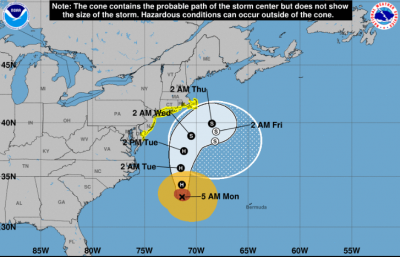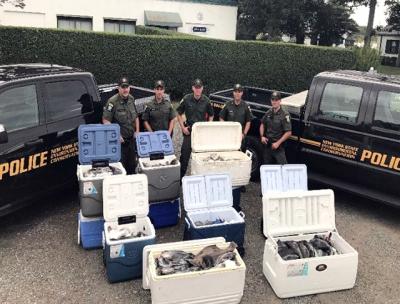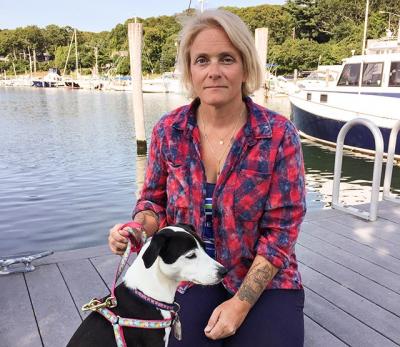Hurricane Jose's Path Shifts Away From Coast
Hurricane Jose's Path Shifts Away From Coast

With three tropical weather systems churning in the Atlantic, people along the Northeast shoreline were able to relax a little after forecasters said the expected path that Hurricane Jose would take would be farther from the United States mainland than initially thought.
The National Hurricane Center in Miami said that Jose continued to pack 80-mile-per-hour winds on Sunday and that little strengthening was anticipated.
Weather conditions for eastern Long Island were still expected to worsen by Tuesday. Forecasters at the National Weather Service said that tropical storm conditions were likely on Tuesday, with rain and wind from the northeast up to 33 miles per hour.
A high-surf advisory was in effect for Long Island's ocean beaches. Building swells could lead to some dune erosion, localized washovers, and dangerous rip currents through the middle of the week, the weather service said.
Elsewhere in the Atlantic, the National Hurricane Center was tracking two other systems.
Tropical Storm Maria was expected to become a hurricane early Monday and threaten some of the Caribbean islands that were devastated by Hurricane Irma. Hurricane watches were issued for Antigua, Barbuda, St. Kitts, Nevis, Montserrat, Guadeloupe, Dominica, Saba and St. Eustatius, St. Maarten, and Anguilla. The powerful storm's projected path included landfall in Puerto Rico and the Dominican Republic by the end of next week.
Tropical Storm Lee, farther out in the Atlantic, was not expected to strengthen significantly or pose a threat to land.





